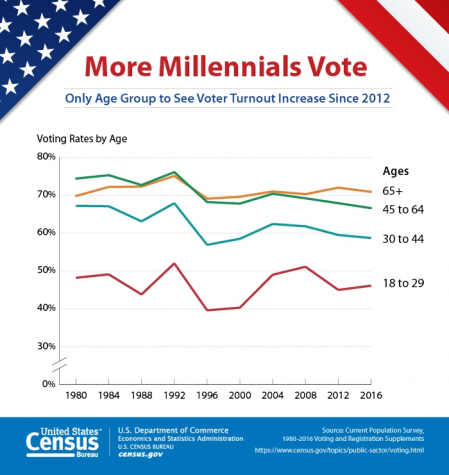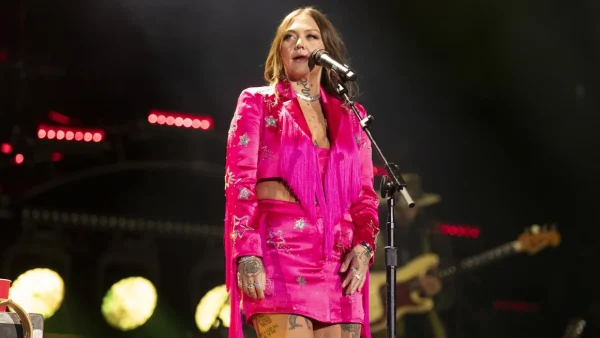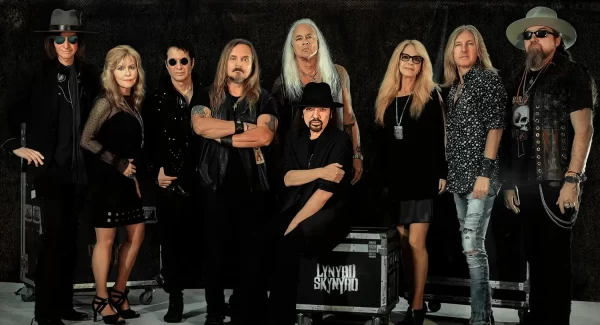How voter turnout affects US elections
The 2020 United States Presidential Election is arguably one of the most poignant in the history of the country. Republicans are uneasy about the win for the Democrats whereas Democrats across social media were afraid of four more years of the current administration. The candidates, President Donald Trump and former Vice President Joe Biden avidly campaigned across the US amidst COVID-19. Trump opted to operate large political rallies under the guise of peaceful protesting since it is permitted within the restrictions placed on gatherings due to the pandemic. Biden has not been seen at many large-scale rallies as Trump but instead opts for a large social media presence.
Voter turnout has always been an important factor in swaying the results of an election. In the 2012 US election between former President Barack Obama and Senator Mitt Romney, it was concluded that voters ages 65 or above had the most turnout at a little above 70 percent while voters ages 18 to 29 had the lowest at around 45 percent.
In 2016, there was a small spike in young voter turnout, with an increase from 45 to 46 percent. With respect to the scale of the US population, even a tiny spike like this can hint at thousands of more voters casting their ballots.
Voter turnout for the current 2020 election was historic. Besides the delayed counting and multiple states struggling with declaring a winner, a projected 161 million Americans cast their ballots this election, being the most voter turnout in a century. The turnout rate was 66.8 percent out of the 239.2 million deemed eligible to vote. To put this into perspective, the highest voter turnout in history was in 1876 between Rutherford Hayes and Samuel Tilden. Hayes won the election with an 82.6 percent voter turnout.
Mail-in ballots could be a massive reason as to why voter turnout was so great this election. Mail-in ballots allowed eligible Americans to vote from the comfort of their home and provided some relief amidst the COVID-19 pandemic. The immense number of votes caused many traditionally red states, like Arizona and Michigan who voted Republican in 2016, to flip and turn blue for Biden.
The importance of voter turnout is expansive, to say the least; the demographic who votes the most ultimately holds most of the voting power which governs the US. Historically, older citizens over the age of 65 have surpassed all other age demographics in voter turnout except for the most recent 2020 election. The only years where that demographic was surpassed in the past was in 1980, 1984, and 1992 elections over the last 10 elections before 2020. This consistent voter turnout or a change in who casts the most votes could impact the way candidates pander to their voters and the policies they promise to pass or uphold.









